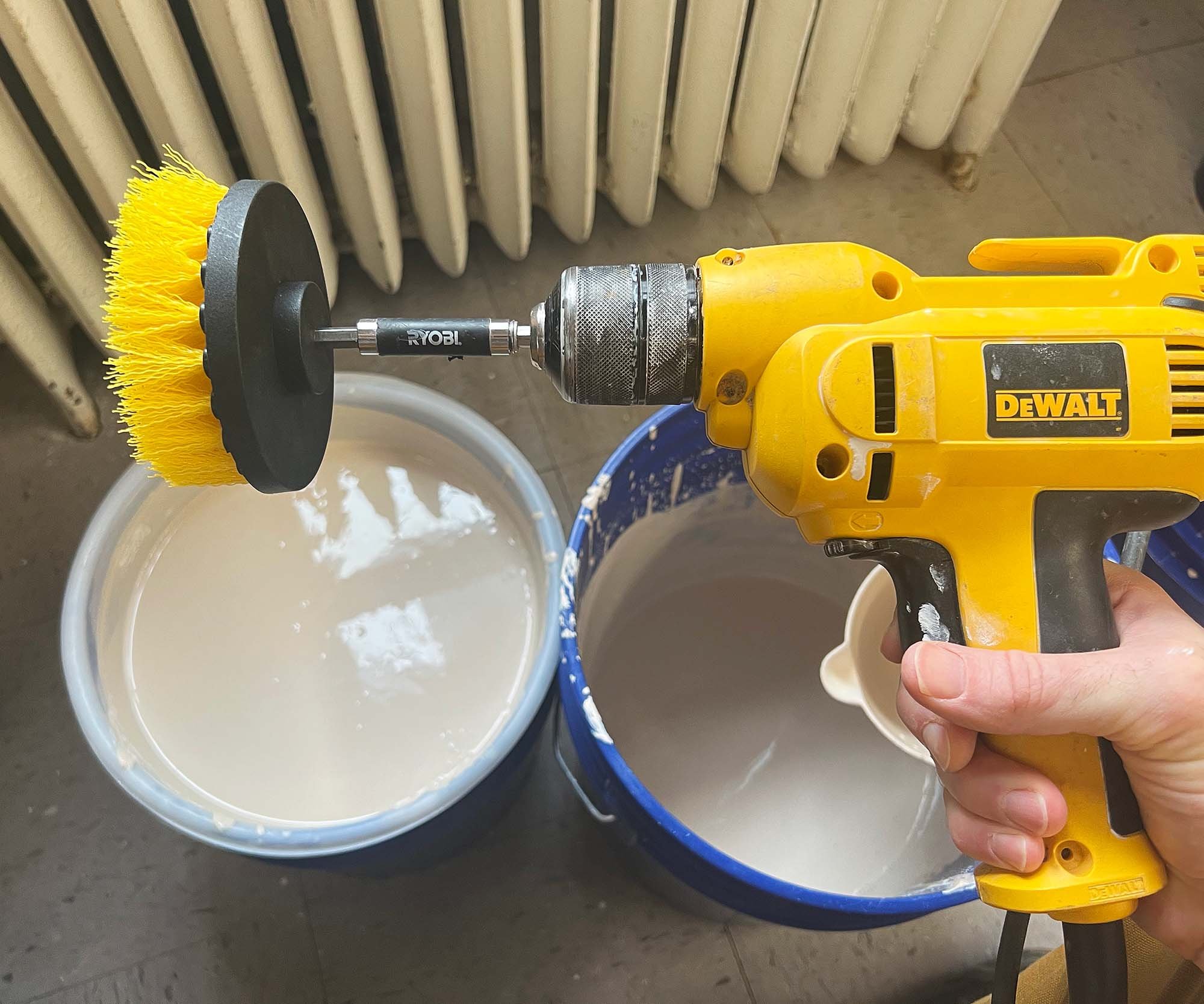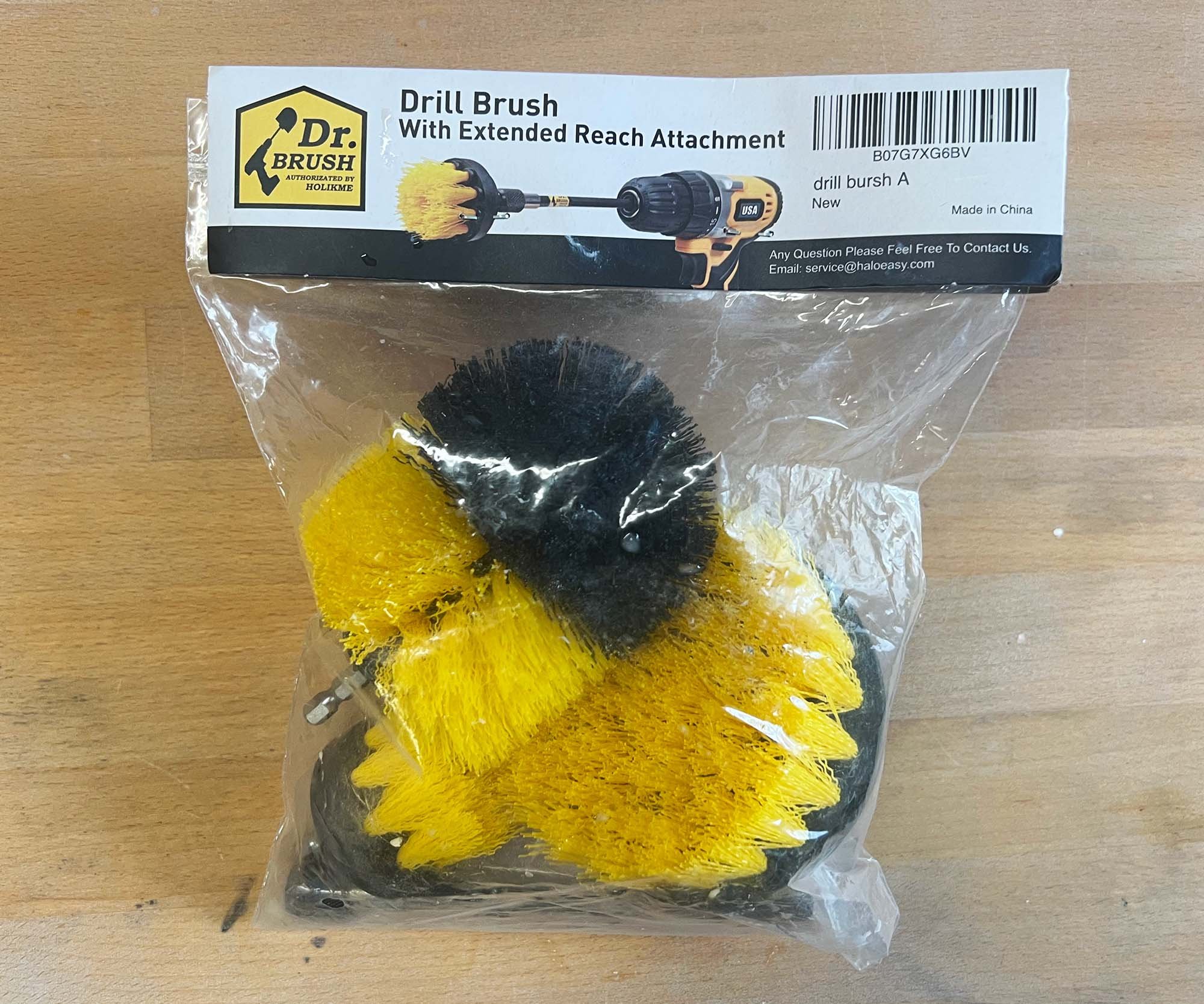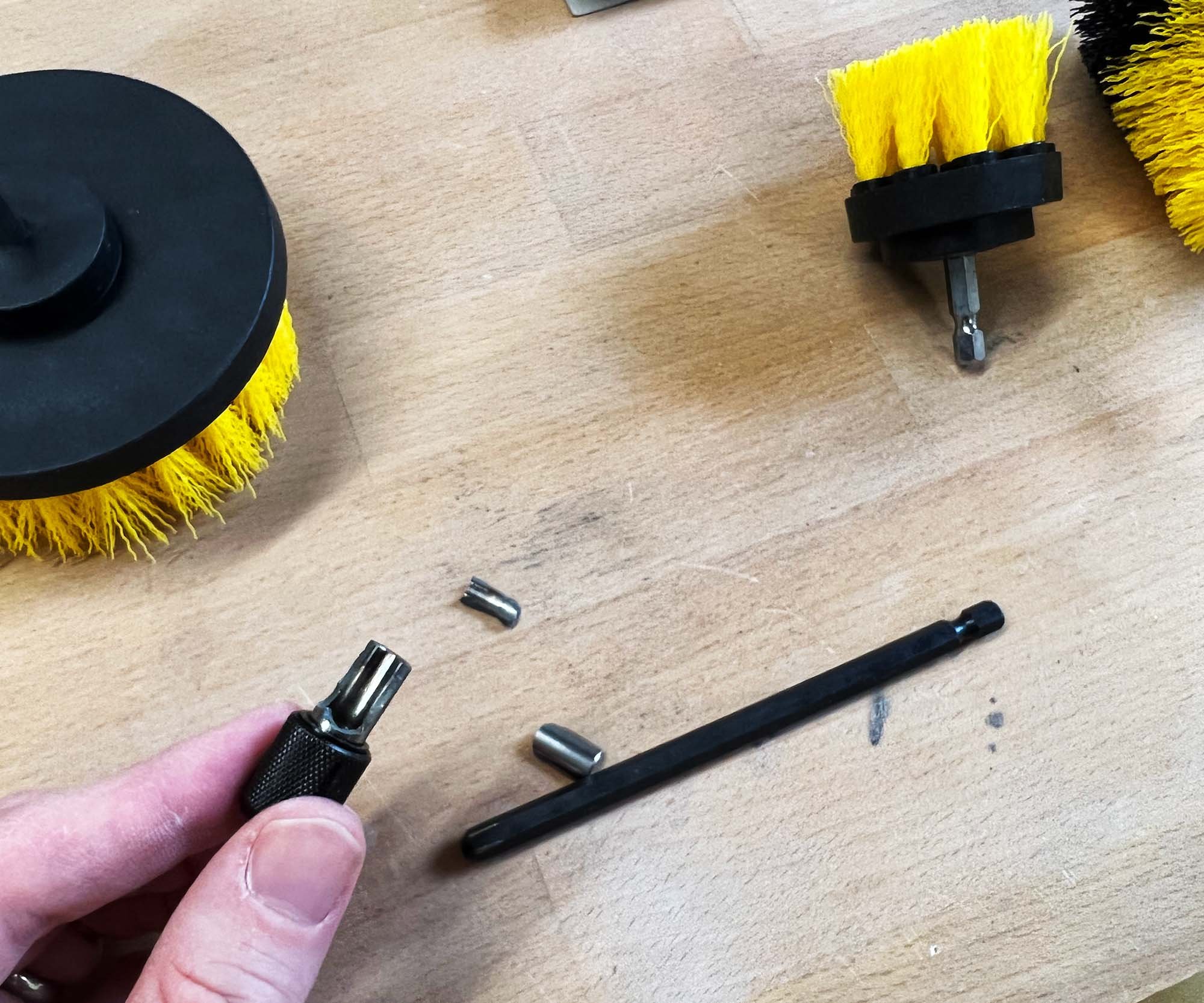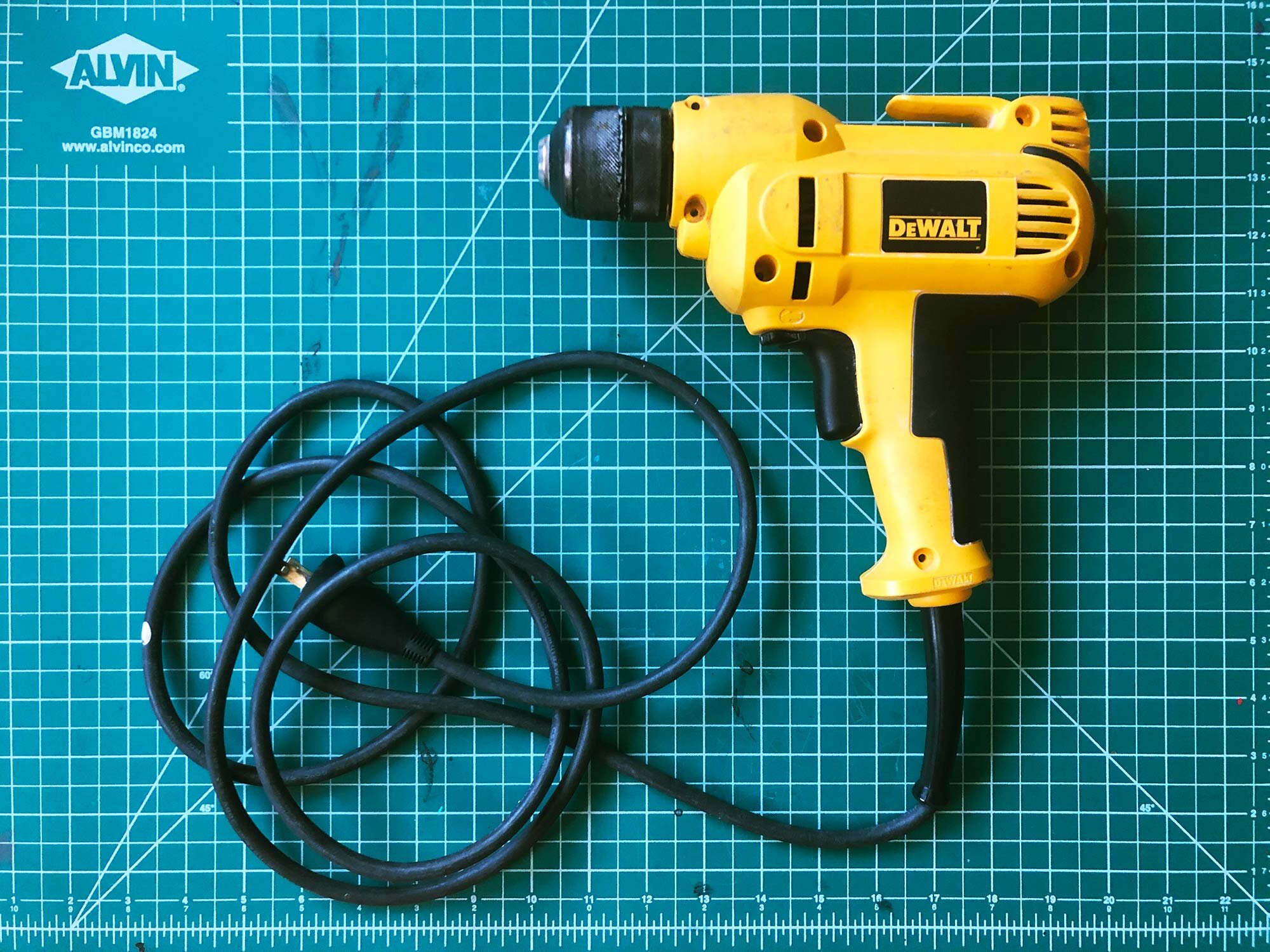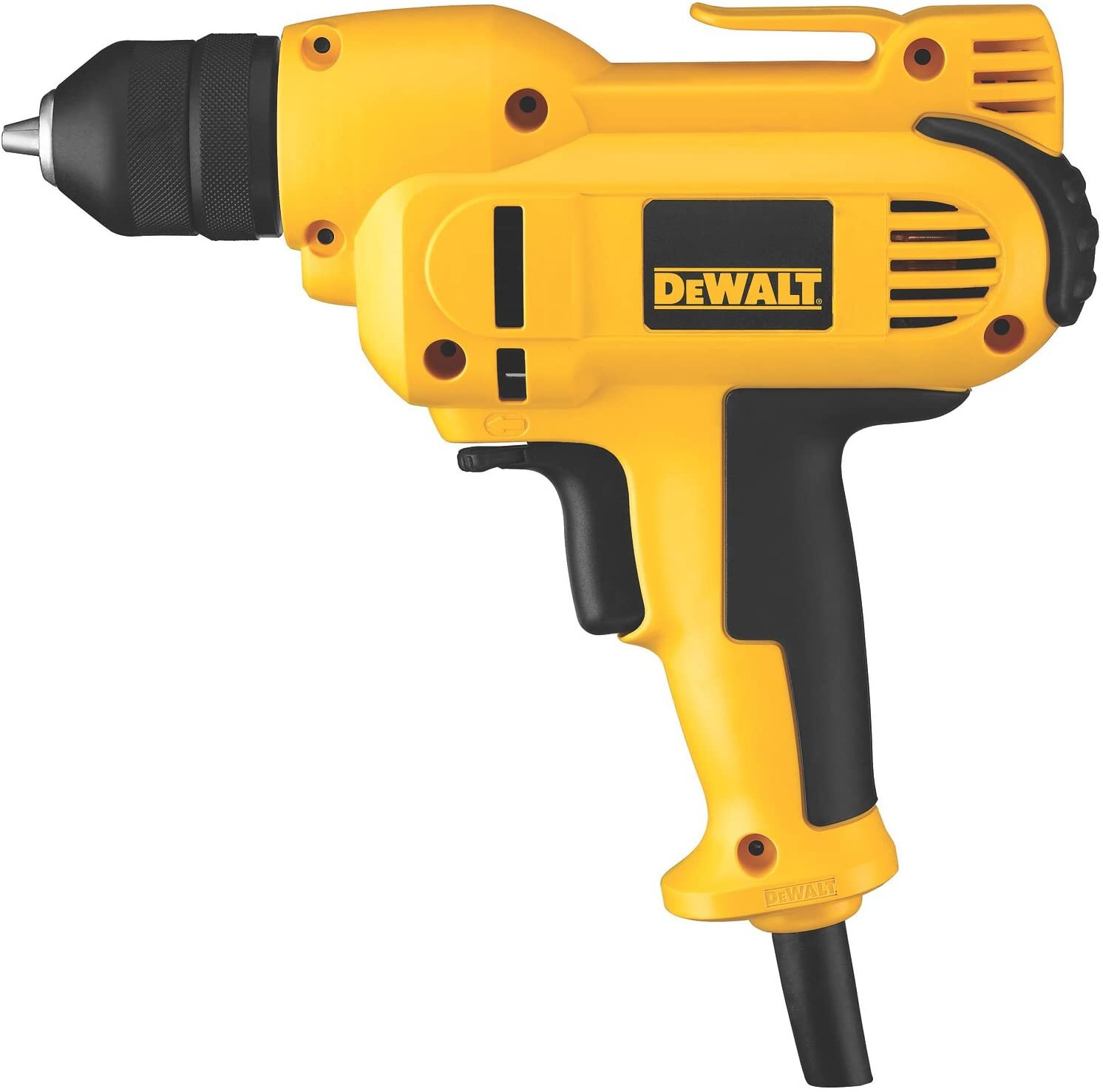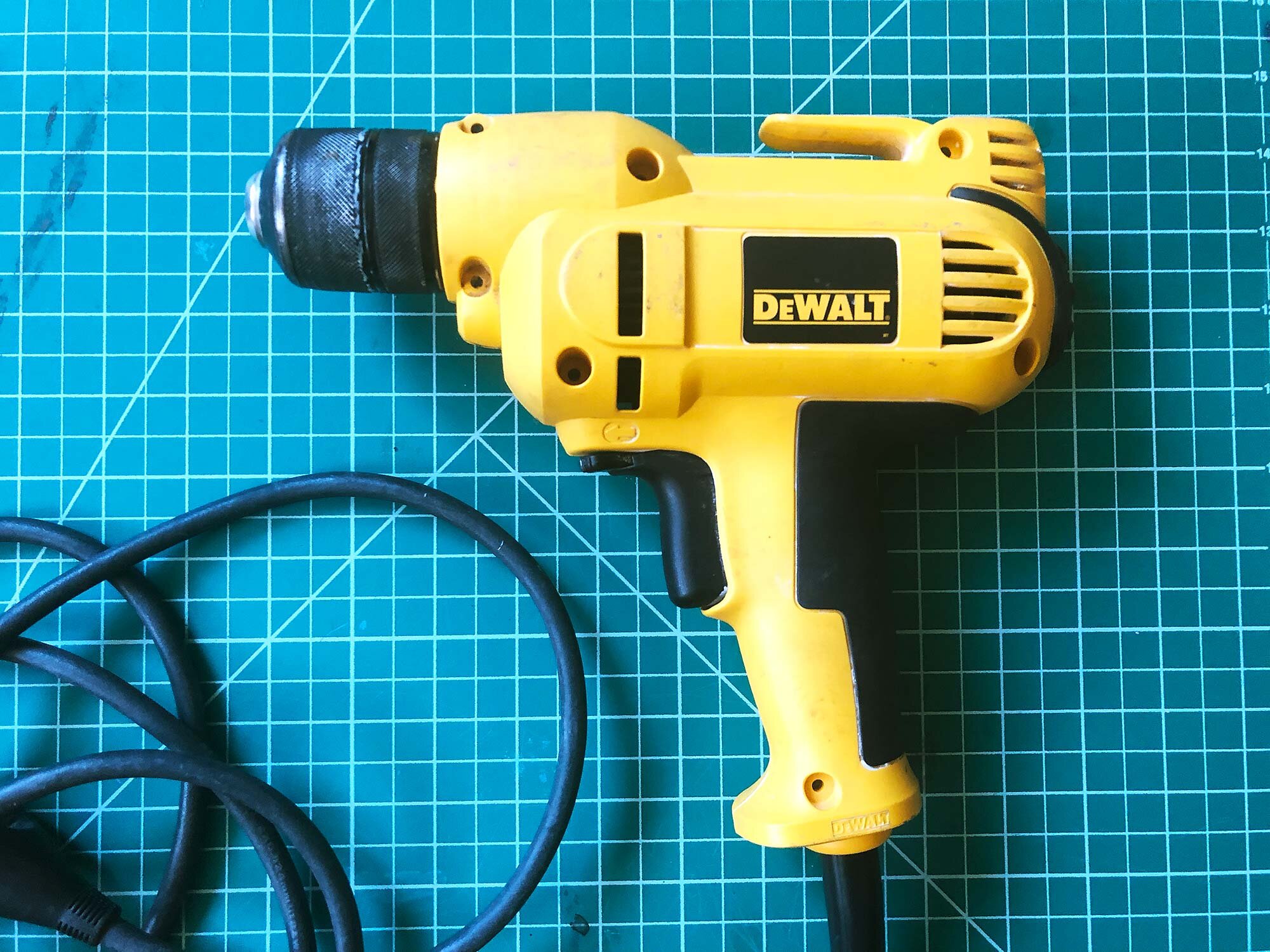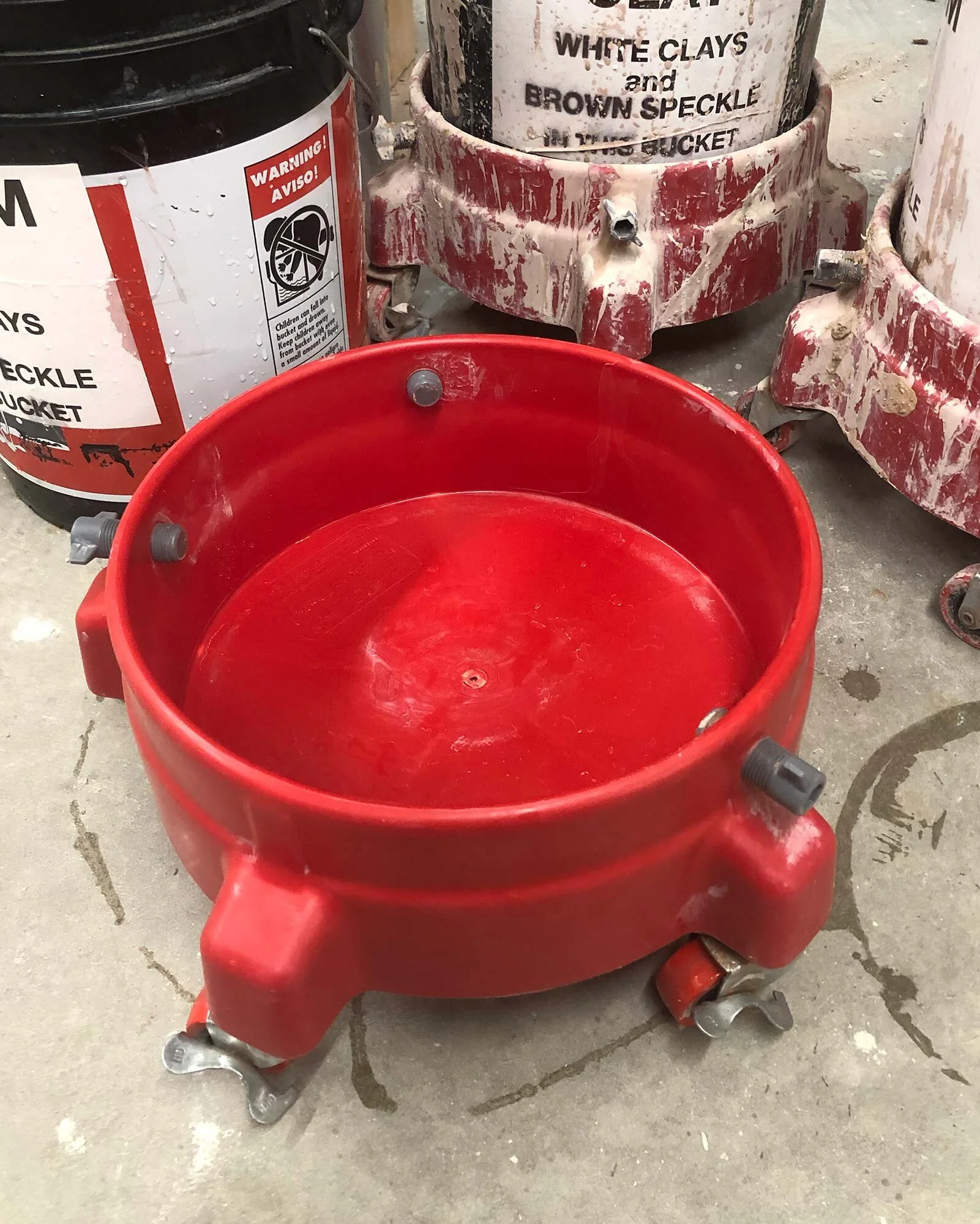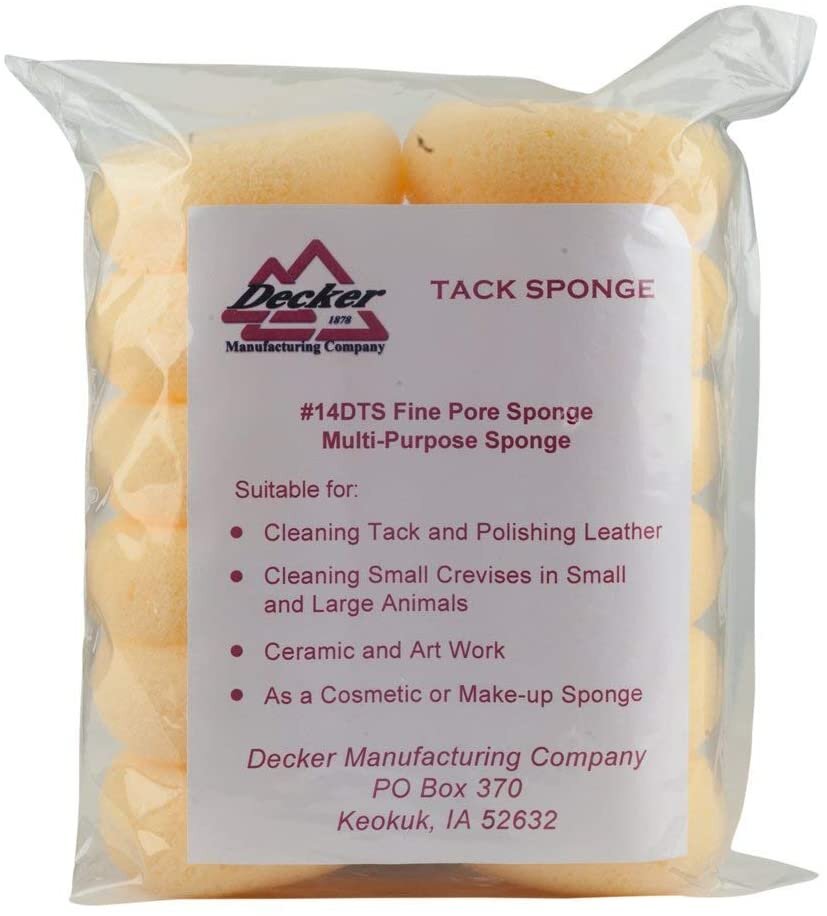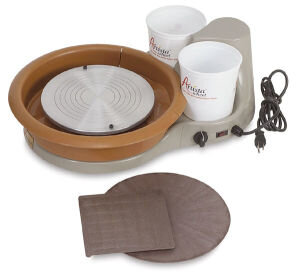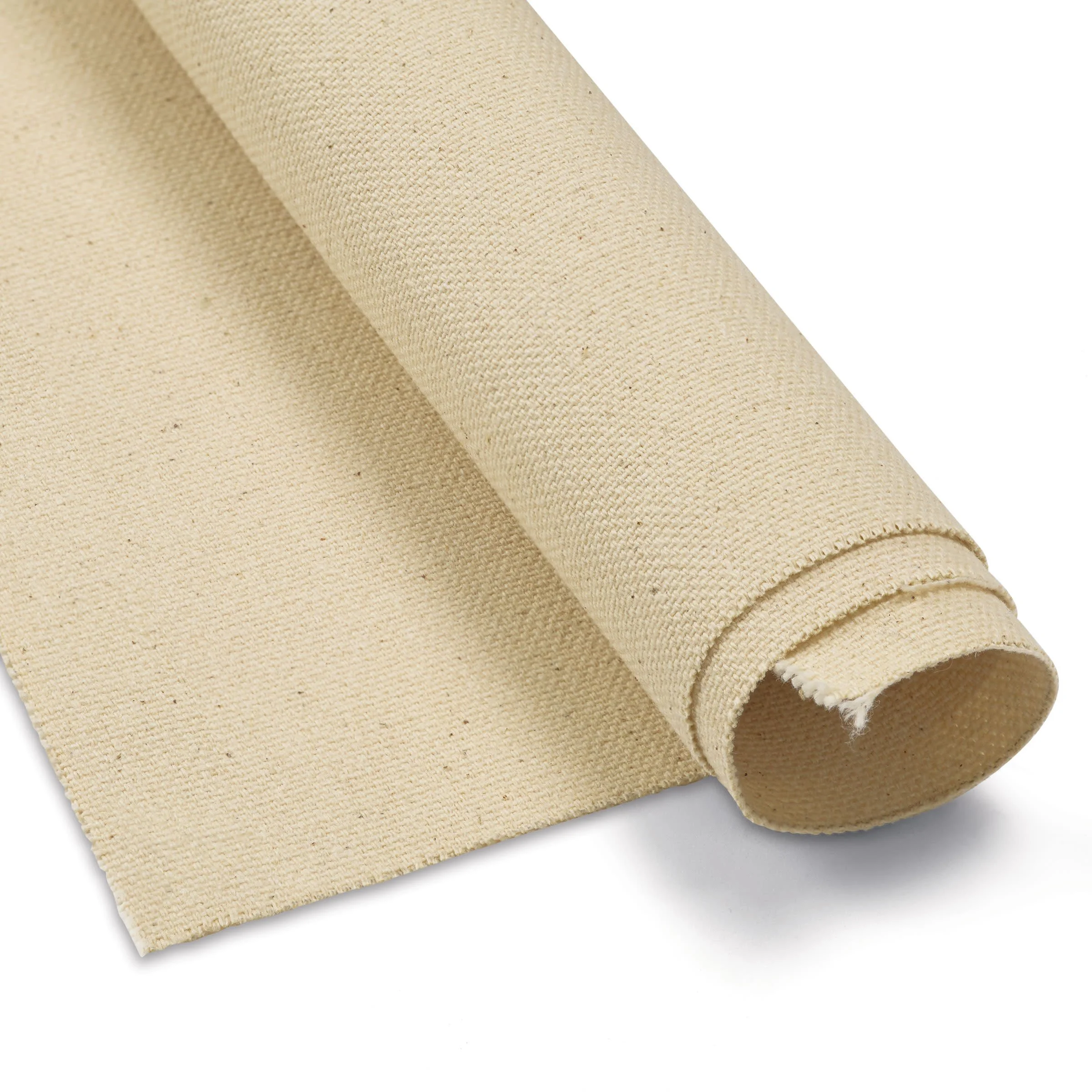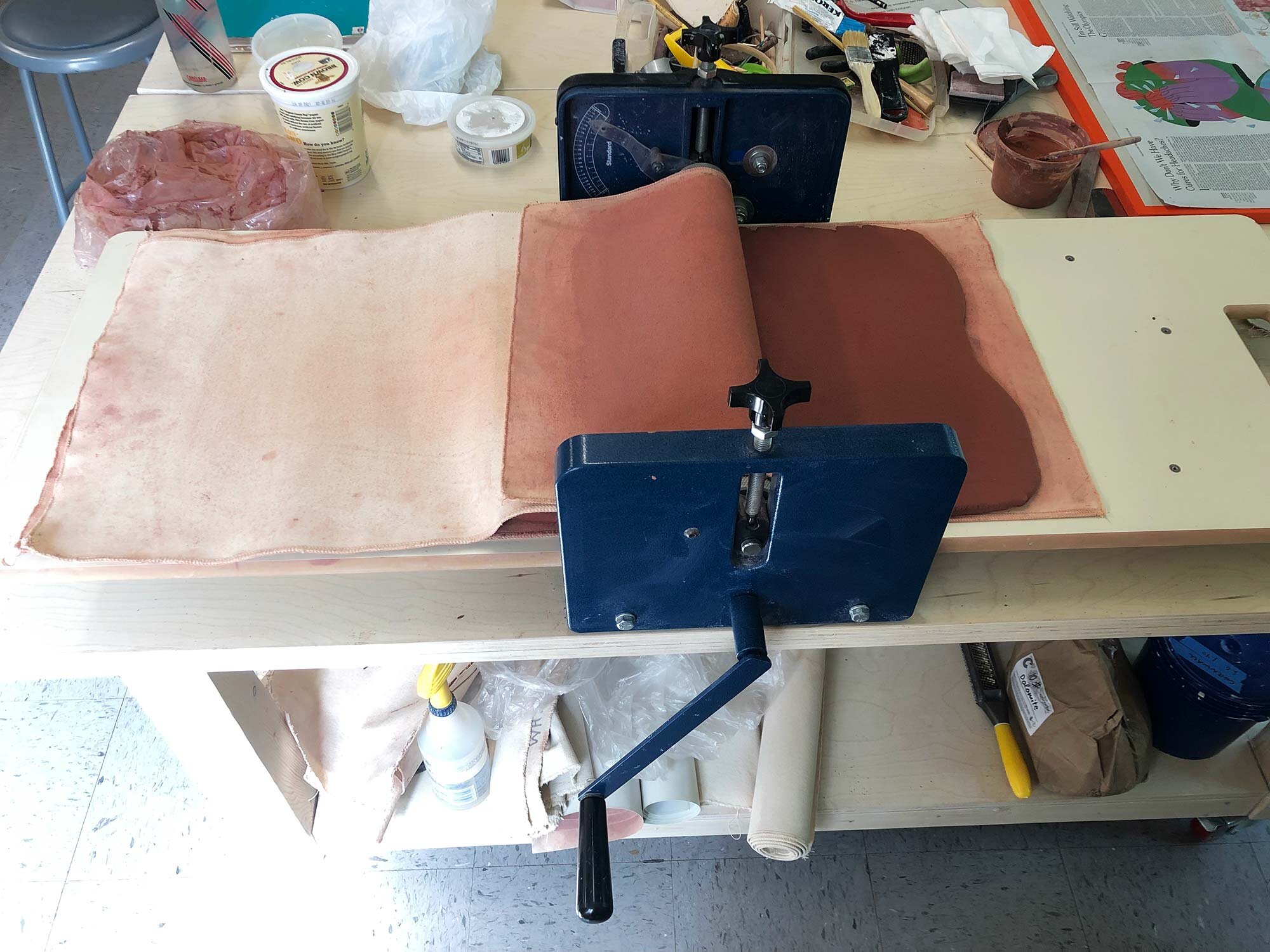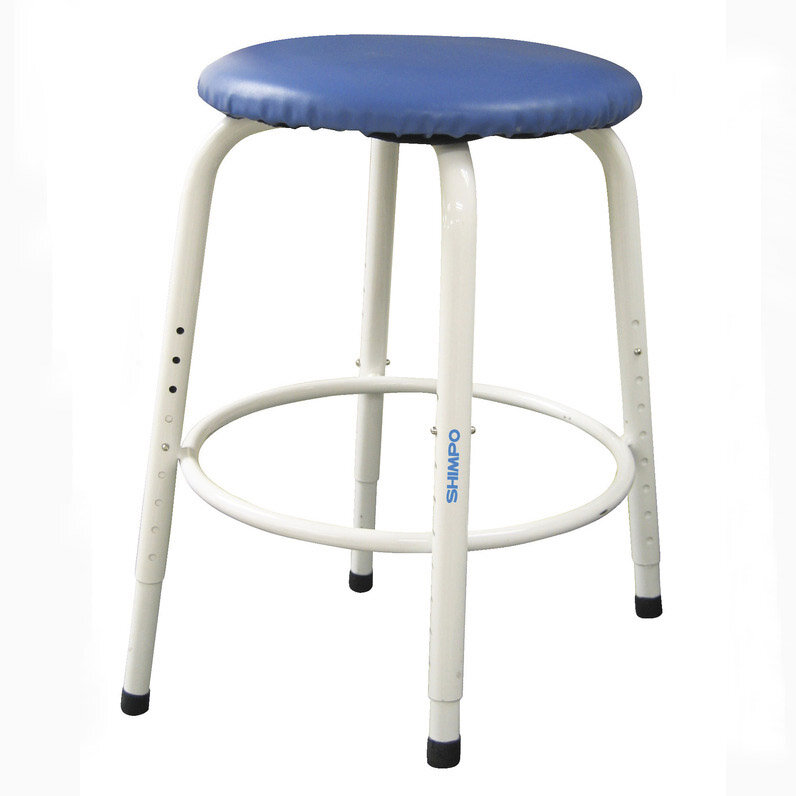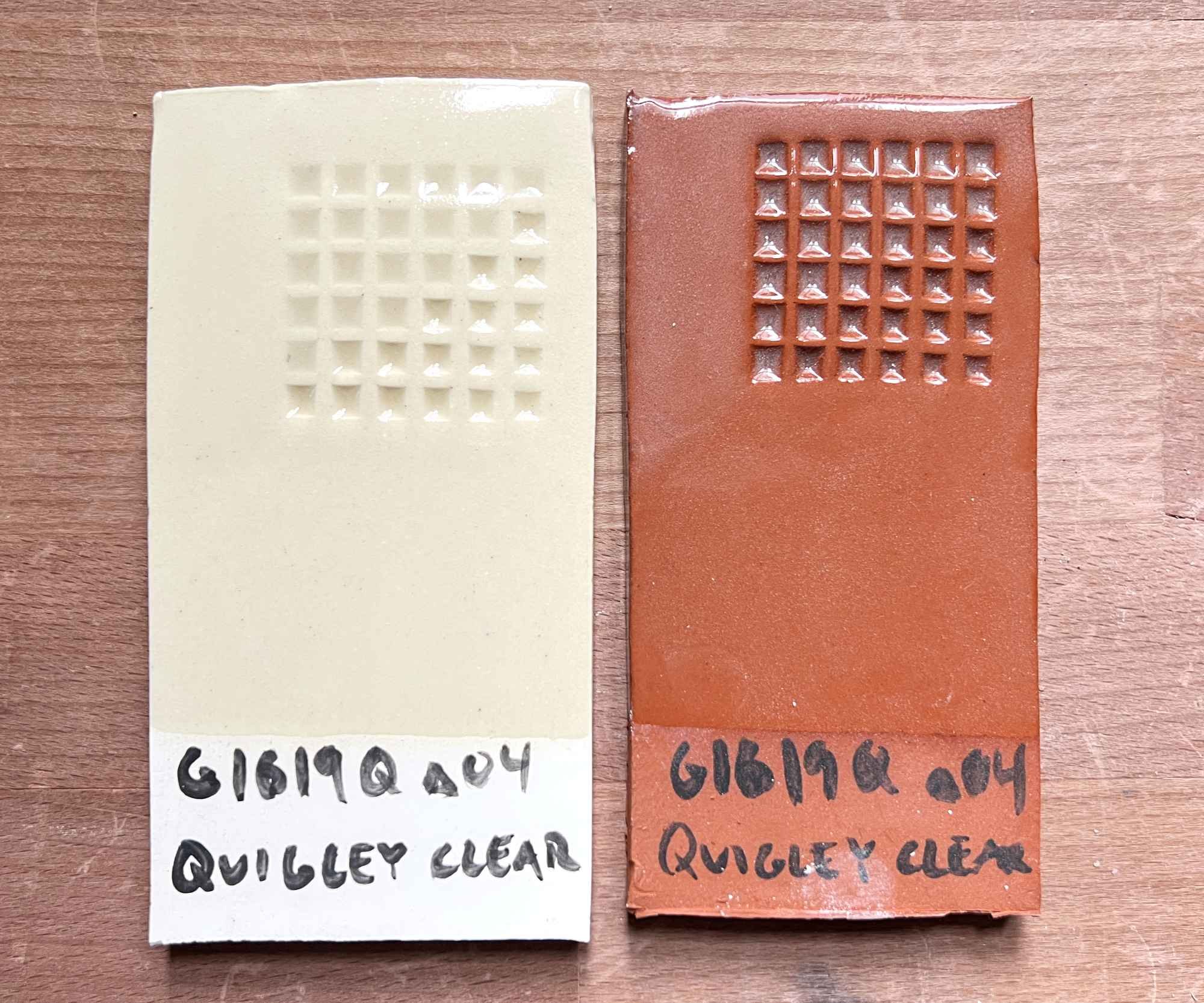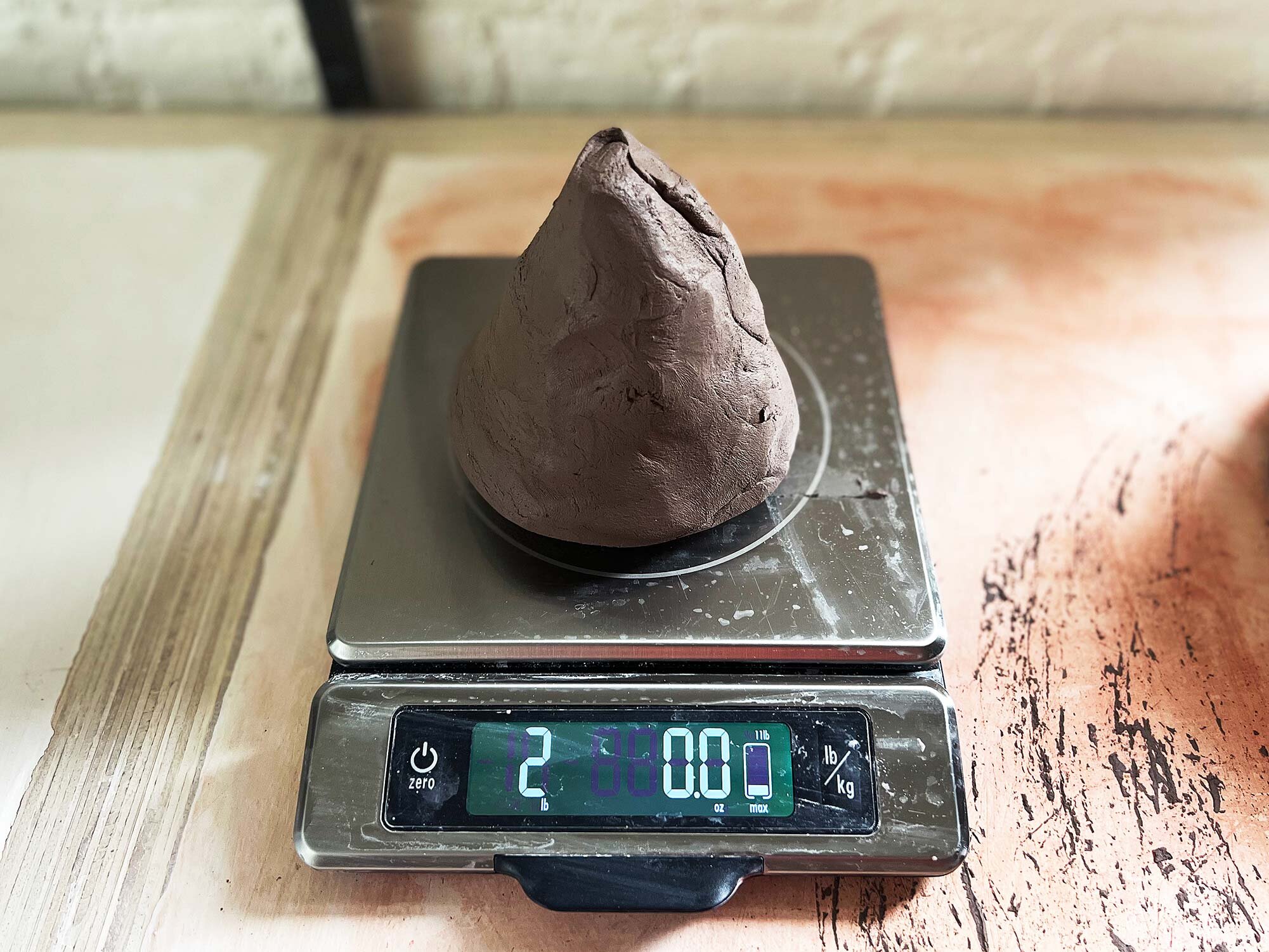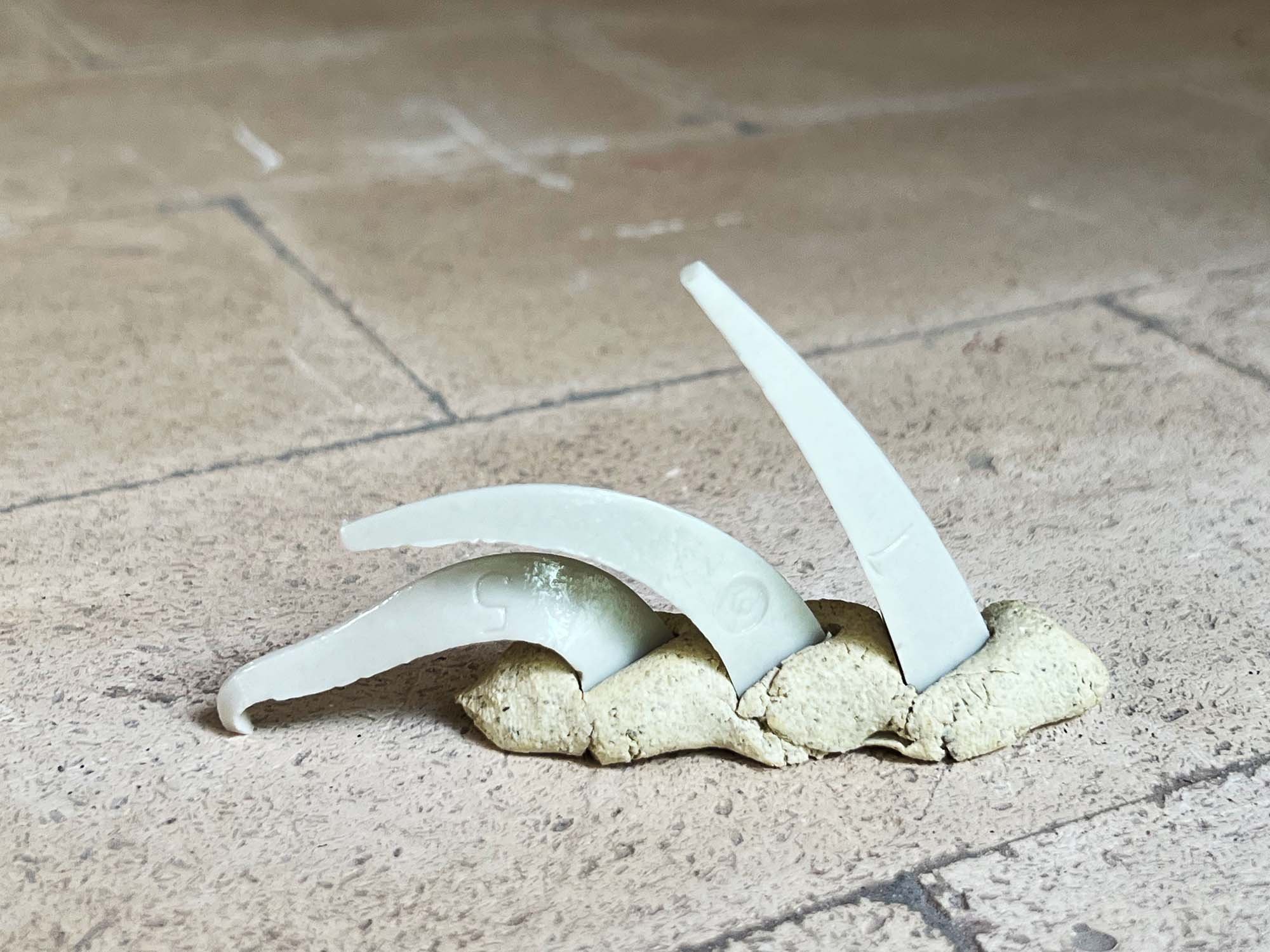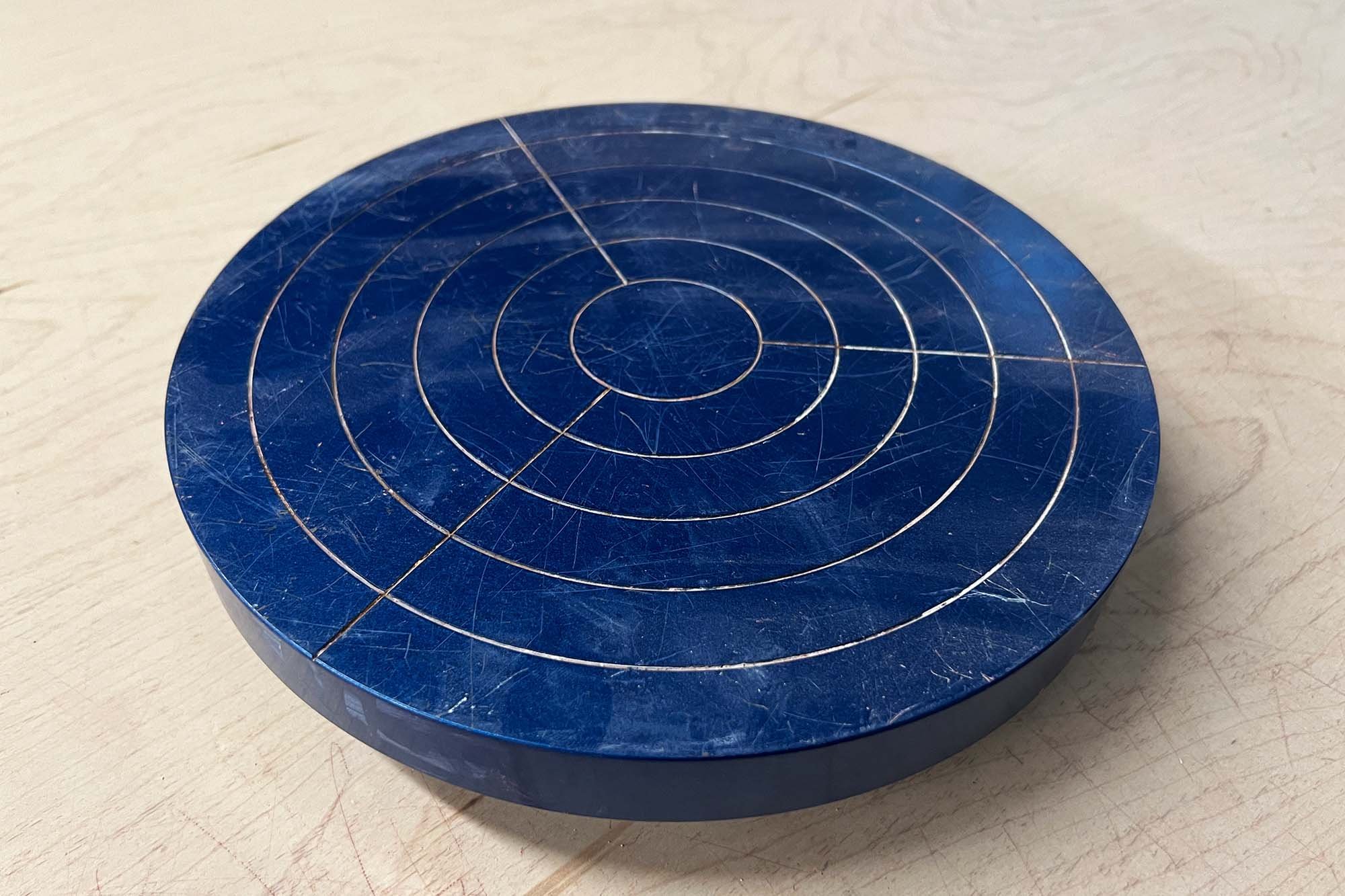If you are mixing ceramic and pottery glazes from scratch, it’s always best to screen your glaze. This helps remove any lumps, granular material, and helps disperse materials that like to clump together.
The Dr. Brush Brill Brush comes with 3 brush heads and an extender.
There are specific tools for screening glaze, such as a manual Talisman Rotary Sieve. The Talisman Sieve is great, but it can be bulky and expensive ($200 or more). If you already own a power drill, another option is to get one or two bucket sieves along with a drill brush head.
But it can be a chore to push all the glaze through with a spatula or brush. That’s where a drill brush attachment can really speed things up.
A drill brush is a simple tool that will fit in just about any electric drill, and with a bit holder / extender, you have plenty of room to use with a bucket sieve.
The three brush heads and extender in the Dr. Brush package.
Dr. Brush Drill Brush Attachment
For this post, I tested a Dr. Brush Drill Brush attachment with an extender, which is available for $10 and also is called the Holikme 4Pack Drill Brush. The brush heads themselves are great—semi-stiff bristles in three sizes: flat small, flat large, and a rounded brush head.
The head of the extender broke immediately upon first use. If ordering the Dr. Brush, you should plan to also get another bit extender.
As good as the brush heads were, unfortunately the extender on this set broke immediately upon first use. I happened to have another bit holder so I popped that on and I was good to go.
Once I had the brush head attached to my drill, it was a speedy process to quickly move the glaze through the screen. I’m not sure why I spent so many years with a spatula, when a drill brush is so much faster.
After use, the drill brush was quick to clean up with water.
In the video below, you can see how fast the drill brush can help process a whole sieve-full of glaze. There’s a how to and more info below as well.
How to Use a Drill Brush Head
Equipment needed:
Bucket Sieve (80 mesh recommended for glazes, 40 mesh can work as a prescreen. Available at specialty ceramic supply stores)
5 gallon Buckets
Brush Head
Optional: A bit holder / extender
Step 1
Mix your glaze. It’s best to mix all the dry ingredients first before adding to water. Some glaze ingredients (such as bentonite) like to clump together.
Step 2
Stir and mix glaze. A drill head can help
Step 3
Pour glaze into your bucket with the sieve. Put brush head on your drill and run gently against the screen.
Step 4
Repeat until all the glaze is sieved.
For more info:
Read our complete guide to mixing a ceramic glaze from scratch
Check out our guide to glaze mixing accessories
